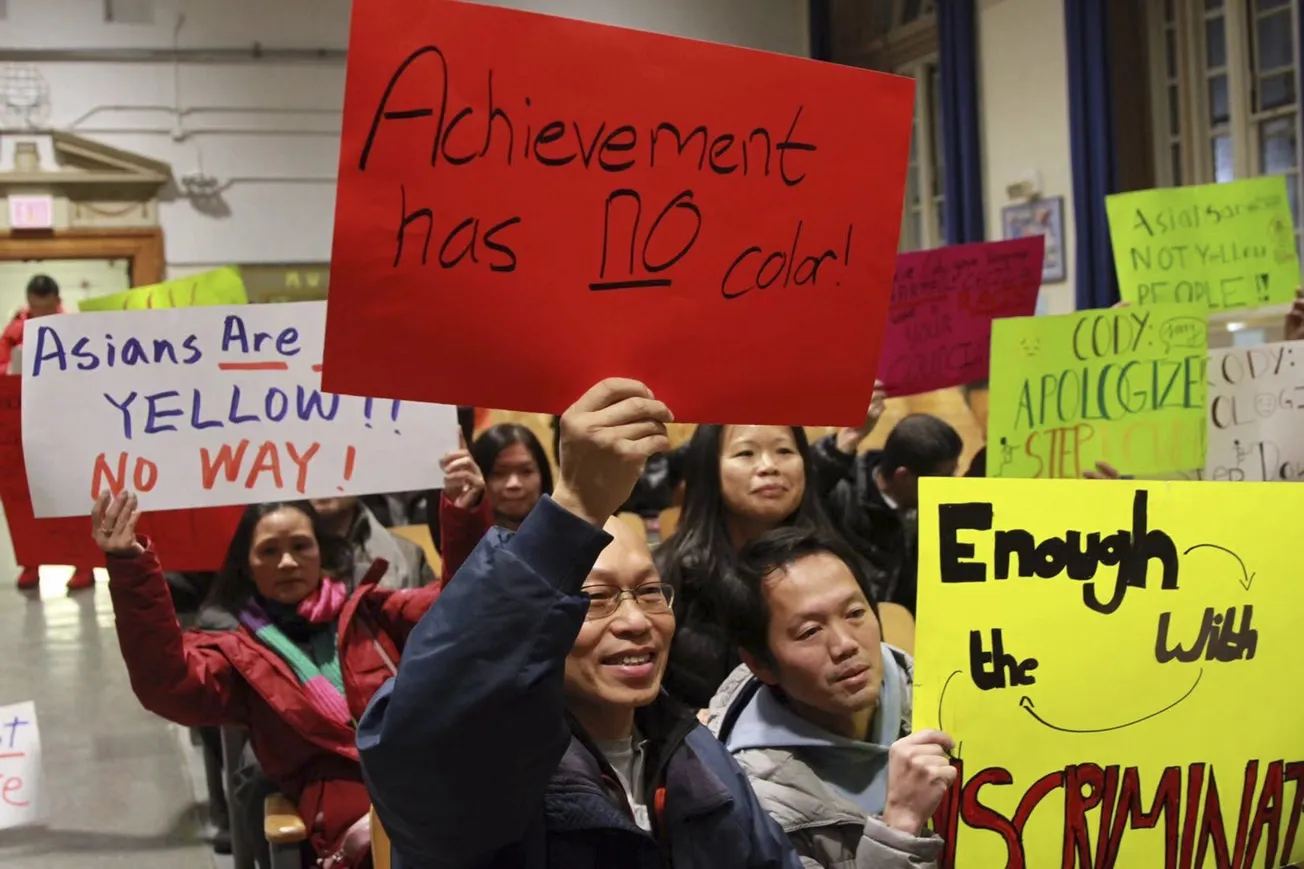Table of Contents
In October 2021, New York City announced that it was phasing out its gifted and talented programs for elementary schools. Critics argued that the entrance exam disproportionately favors Asian and white students— who made up 43% and 36% percent of the program, respectively. They also contended that the admissions exam, whose items resemble those found in traditional IQ tests, was administered too early in students’ careers.
To address these issues, former Mayor Bill de Blasio proposed a now-cancelled program, Brilliant NYC, which would have required teachers to provide students with resources based on their abilities, rather than separating children by skill level. The selection criteria for gifted programs would also have changed. Instead of exams, students could get in with teacher nominations or even via lottery.
The backlash following de Blasio’s announcement of Brilliant NYC was swift, and his successor, Eric Adams, has promised to scrap the program. Instead, Adams plans to improve the identification process for gifted kids and devote more resources to students with learning disabilities.
The latest battle in the fight for New York City’s gifted students has been won. But although Brilliant NYC will never see the light of day, its near-success is a dire warning of what could happen if gifted education falls victim to the equity police. Like so many “Diversity, Equity, and Inclusion” initiatives, Brilliant NYC’s premise began with a reasonable idea: the racial makeup of gifted programs serves as a useful indicator of disparities, and the disproportionately low representation of black and Hispanic students in gifted programs points to a need for change.
But rather than devoting more resources to identifying gifted students in underserved communities, the policy’s proponents took things to an irrational extreme, concluding that because certain races are currently overrepresented in gifted programs, the very concept of giftedness is itself racist. Of course, this is simply untrue. Giftedness is not just a high score on an exam, but a specific psychological profile characterized by strengths and challenges alike. While everyone has gifts and talents, not everyone is gifted and talented.
The federal government defines gifted students as those “who give evidence of high achievement capability in areas such as intellectual, creative, artistic, or leadership capacity, or in specific academic fields, and who need services or activities not ordinarily provided by the school in order to fully develop those capabilities" [italics not in original].” By definition, gifted students need extra support. If a program works for the majority of students, it’s simply not a gifted program.
Contrary to what Brilliant NYC suggested, gifted students have unique needs and abilities. They are not tokens to represent their races in some kind of equity equation. No child should be admitted to or barred from a gifted program with the goal of balancing demographic quotas. The issue of racial underrepresentation is real, but the solution is to better identify underserved gifted students, not fuss over cosmetic issues.
It’s also important to note that giftedness is not synonymous with high achievement. In fact, many gifted students underachieve, particularly those with ADHD, dyslexia, and autism. Twice-exceptional students, those who are gifted but also have learning disabilities, are significantly harder to identify and are often overlooked. Like other gifted children, they face challenges related to asynchronous development, which describes the discrepancy between intellectual precociousness and average or below-average social or motor skills. (Picture a five-year-old who reads at an eighth-grade level but has trouble making friends or handling scissors.)
The complex needs that arise from asynchronous development, disability, and socioemotional issues are challenging to address in mixed-ability classrooms. Given these vulnerabilities, it is crucial to identify gifted children as early as possible. IQ tests are the most straightforward measure of giftedness because they are designed to compare an individual’s abilities to the population average. Though they are not perfect, studies show IQ tests are reliable, backed by data, and normed to compare individual results to the general population scores, rendering them a valuable barometer of giftedness.
The answer, then, should be apparent: more identification. Instead of eliminating gifted programs—or offering them to all students, which is equally nonsensical—school systems should implement evidence-based strategies to improve identification in underserved demographics.
One approach involves setting the threshold for entrance to gifted programs according to local, rather than national norms (i.e., admitting students who score above the 90th percentile relative to their peers, regardless of whether that figure falls below or exceeds the 90th percentile nationally). This strategy has been shown to reduce racial disparities dramatically: one study that analyzed 3.3 million third graders’ test scores found that among students scoring above the 95th percentile for math nationally, just 2% were black and 3% were Hispanic. But when researchers examined the top 5% of math scorers within schools, the proportion of black and Hispanic students rose by 300% and 170%, respectively.
Providing additional pathways to entering gifted programs, whether through employing a more diverse staff, expanding the range of assessment tools, or implementing universal screening can also remedy racial underrepresentation. One study found that introducing a universal screening program in an urban district without changing admissions criteria for the gifted program led to far more black, Hispanic, and low-income students being identified as gifted, as well as students whose parents spoke English as a second language. All this suggests that policymakers can address inequality without distorting the definition of giftedness or lowering standards for admission.
It’s time to stop prioritizing superficial understandings of justice over students’ learning. Most students don’t need accelerated learning starting at age five; they need capable teachers and well-funded classrooms where they can learn effectively and perform at grade level. There is nothing brilliant about neglecting gifted children. Strengthening gifted and talented programs will take students further than a mediocre one-size-fits-all education ever could.





